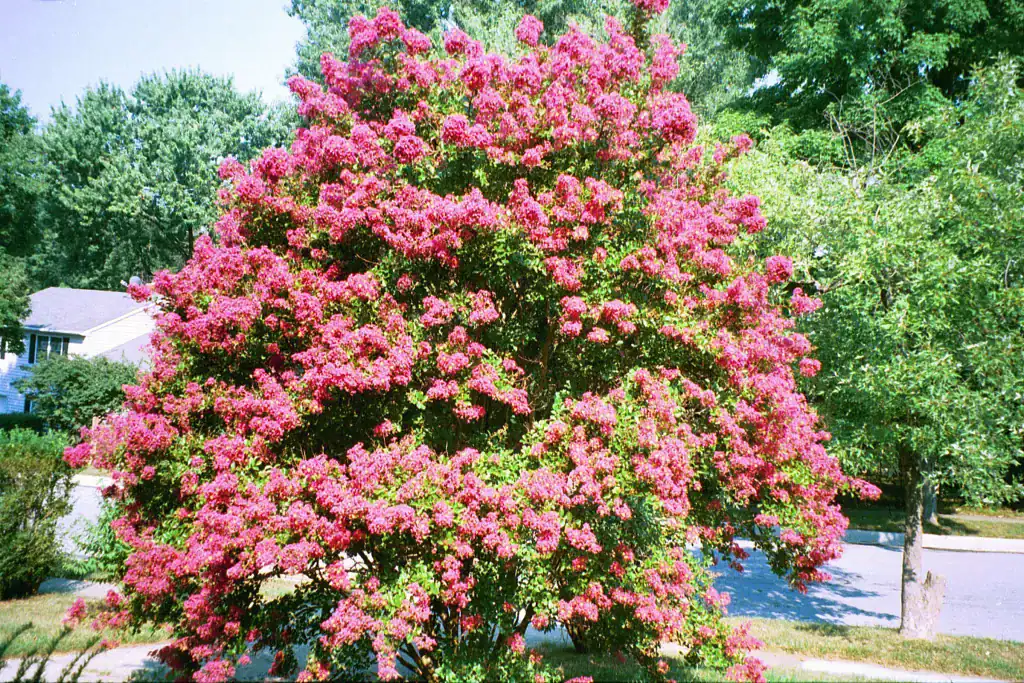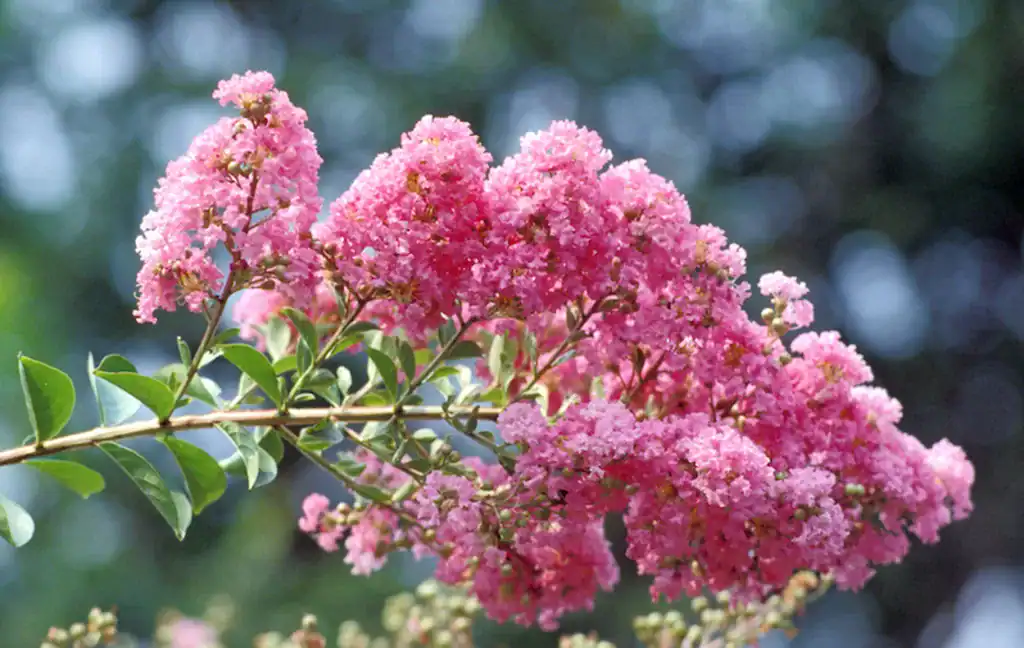Southern Charm in Full Bloom: A History of Crepe Myrtle Trees in the South

Drive through any Southern neighborhood in the height of summer, and you will likely marvel at billowing blooms of pink, lavender, red, and white. These vibrant colors belong to crepe myrtle trees, a hallmark of Southern charm. However, these trees did not originate here; their journey to becoming an icon of the Southern landscape spans centuries, continents, and cultures.
Myrtle Migration
Crepe myrtles (Lagerstroemia indica) originated in the warm climates of Southeast Asia, particularly China, Korea, and Japan. For centuries, the Chinese cultivated them in temple gardens and royal landscapes, where they revered them for their long-lasting blooms and smooth bark.
It was not until the mid-eighteenth century that crepe myrtles began their voyage west. European botanists, fascinated by this species, brought samples back from Asia, which eventually made their way into the gardens of England and France.
By the late 1700s, famed botanist and plant collector André Michaux introduced the crepe myrtle to the American South. Michaux, who had been commissioned by King Louis XVI to explore and catalog the flora of the New World, established a nursery in Charleston, South Carolina. Here, he began introducing exotic plants such as camellias, tea plants, and mimosa, including the crepe myrtle.
A Rainbow of Varieties
It did not take long for the crepe myrtle to capture the imagination of Southern gardeners. The tree’s summer flowers offered a rare burst of color during the region’s hottest months, when many other plants had already wilted.
In addition, Southern gardeners appreciated the tree’s practicality. It was hardy, drought-tolerant, and could be pruned into a shrub, small tree, or ornamental centerpiece. By the mid-nineteenth century, crepe myrtles had become a staple in Southern landscapes, from plantation gardens to small-town squares.

Over time, plant breeders began selecting and cultivating new varieties. By the twentieth century, nurseries across the South were offering a growing number of cultivars, varying in flower color, size, and disease resistance. What was once a single species brought from China had become a diverse group of trees, with popular varieties such as ‘Natchez’ (white), ‘Tuscarora’ (coral pink), ‘Dynamite’ (vivid red), and ‘Muskogee’ (lavender).
Pruning Problems
In spite of their popularity, crepe myrtles have not escaped the perils of poor pruning. Perhaps no horticultural crime is more discussed in the South than “crepe murder” — the practice of lopping off crepe myrtles to stumps in late winter. While this method does force out lush new growth and blooms, it also creates weak, spindly limbs prone to breakage and disfigures the natural form of the tree.
Experts recommend a lighter touch. Instead of chopping the tree back to nubs, thoughtful pruning should focus on removing suckers at the base, thinning crossing branches, and trimming seed heads. Letting the tree maintain its shape and structure results in a healthier, more attractive specimen.
Today, crepe myrtles are more popular than ever. Modern cultivars offer everything from dwarf varieties for container gardening to towering trees for large landscapes. Some are even being bred for colder climates, pushing the tree’s range farther north.
Pick a Plant
If you are looking to bring a crepe myrtle into your landscape, timing and placement are key. Fall and early spring are ideal for planting, giving roots time to establish before the stress of summer heat. They prefer full sun — at least six hours per day — to reach their full flowering potential. Under shade, the blooms will suffer and the plant may grow lanky or develop mildew.
Mulching the base will help retain moisture and suppress weeds, but avoid piling mulch up against the trunk, which can lead to rot. While newly-planted crepe myrtles need consistent watering, established trees can survive dry spells with ease.
The crepe myrtle’s journey from the temple gardens of China to the tree-lined streets of the American South is a testament to its beauty, adaptability, and staying power. It is not just a plant—it is a piece of living history, flowering through centuries of change and brightening our steaming summer months.
Learn more about local flora and fauna on our Cumberland Island Walking Tour: Haunting Ruins and Wild Horses or our Fugitives, Fighters, and Fudge: St. Marys Walking Tour!


